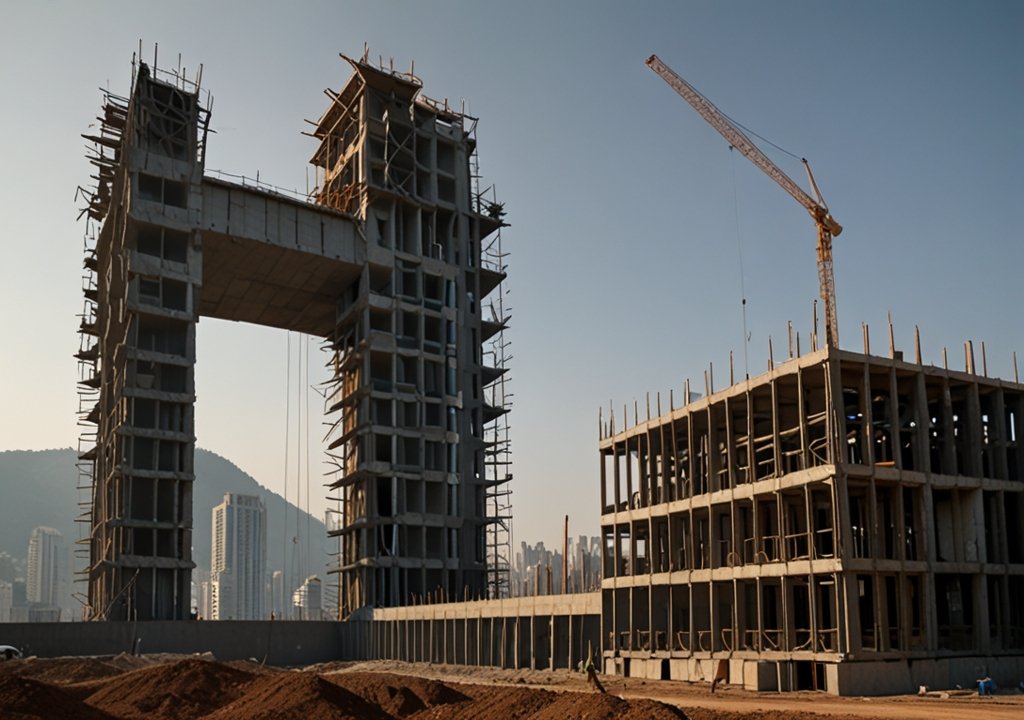A country’s skyline doesn’t grow without a story behind the money. From underground tunnels in Europe to high-speed rail projects in Asia, the pace and scale of public development rely heavily on how governments choose to spend. The difference in funding strategies can be surprising, especially to those outside the world of international construction.
Budget Allocation Patterns Reflect National Priorities
Every government shapes its budget to reflect what it values most. Some focus heavily on transportation—pouring funds into railways, bridges, or airports—while others direct construction budgets toward housing or healthcare infrastructure. In Norway, climate resilience gets priority, while in South Korea, smart cities lead the list. These choices are more than financial; they speak volumes about each country’s vision of progress.
For any international construction company working across borders, understanding those patterns is essential. A contractor bidding in Canada will face different expectations than one in Saudi Arabia. The key isn’t just chasing funding—it’s recognizing how public goals shape where and how construction takes place. Budget behavior often determines whether a government project breaks ground quickly or sits on a shelf for years.
Influence of Geopolitical Stability on Project Financing
In regions with frequent political shifts or civil unrest, long-term infrastructure plans often stall. Financial risk climbs when governments change hands or face economic sanctions, making lenders nervous and delaying funds. A highway project in a stable country may progress for decades, while in an unstable region, the same plan could halt midway, with cranes left standing idle.
Global construction teams often weigh more than cost—they also measure the country’s political climate. Nations with dependable institutions and clear leadership transitions give contractors more confidence and smoother project timelines. That’s why some international construction companies choose to specialize in politically stable zones, avoiding areas with unpredictable funding patterns altogether.
Regional Regulations Shape Infrastructure Investment
Each region builds under its own set of rules. Local building codes, environmental review timelines, and labor laws can stretch or shrink construction budgets dramatically. Europe’s strict environmental standards mean public projects may take longer to approve, while in parts of Africa, flexible permitting can move things forward quickly—though sometimes with fewer checks.
For a government construction project to succeed, regulation must be well understood by those planning it. If a project runs afoul of local rules, delays and legal costs stack up. International construction companies often hire regional consultants just to make sure every box gets checked before a shovel hits the ground. It’s not just red tape—it’s part of the blueprint.
Impact of International Alliances on Construction Budgets
Countries rarely build alone. Alliances like the European Union or partnerships through the Belt and Road Initiative bring funding support, shared technology, and joint planning. These alliances can make big-budget infrastructure possible in nations that would otherwise struggle to afford them. A single train station might have EU money, Chinese contractors, and local engineers working together.
The ripple effect of such partnerships shapes how far and fast government construction spreads. In some cases, alliance-backed projects even follow specific architectural standards or require participating countries to use agreed-upon materials and labor sources. For global construction firms, understanding the terms of these agreements becomes part of the job, especially if a contract depends on maintaining political goodwill between nations.
How Economic Fluctuations Dictate Government Spending
Economies run on cycles, and government construction often surges or slumps with the tides. A country experiencing rapid growth might greenlight dozens of public developments, while one in recession may freeze its infrastructure plans entirely. In Brazil, Olympic preparations drove massive investment, but the post-event downturn halted many follow-up projects.
International construction companies must stay alert to these shifts. Timing bids or proposals around economic conditions can determine whether a project gets picked up or shelved. A downturn doesn’t always spell disaster—it may just mean shifting focus to countries with stronger currencies or more aggressive spending plans. Flexibility is part of the formula.
Cultural Values Influence Public Project Funding
Some nations build to inspire. Others build to function. Cultural values show up in whether a city funds lavish civic buildings or practical utilities. In Japan, a focus on safety and disaster readiness shapes construction planning, with reinforced structures and rigorous engineering. Meanwhile, in the UAE, the skyline reflects ambition and innovation, with attention to aesthetic and scale.
Public expectations also differ. In Scandinavian countries, community involvement plays a role, and projects often include sustainability features even if they cost more. These cultural preferences influence both what gets funded and how construction takes place. A government construction bid in one country may emphasize efficiency, while another values legacy and symbolism.
Local Governance Models Alter Construction Finance Strategies
Decentralized governments—like those in the United States or Germany—allow local regions to control their own construction budgets. That can mean more variation in spending priorities, with one city building high-speed rail while another renovates schools. In centralized systems, like in China or France, national agencies usually decide where the money flows, leading to more uniform development.
For a global construction partner, this means adjusting strategies from one region to the next. Local governance may allow for more direct collaboration with city planners or may require navigating layers of bureaucracy. Understanding who holds the purse strings isn’t just helpful—it’s the only way to move forward confidently.










